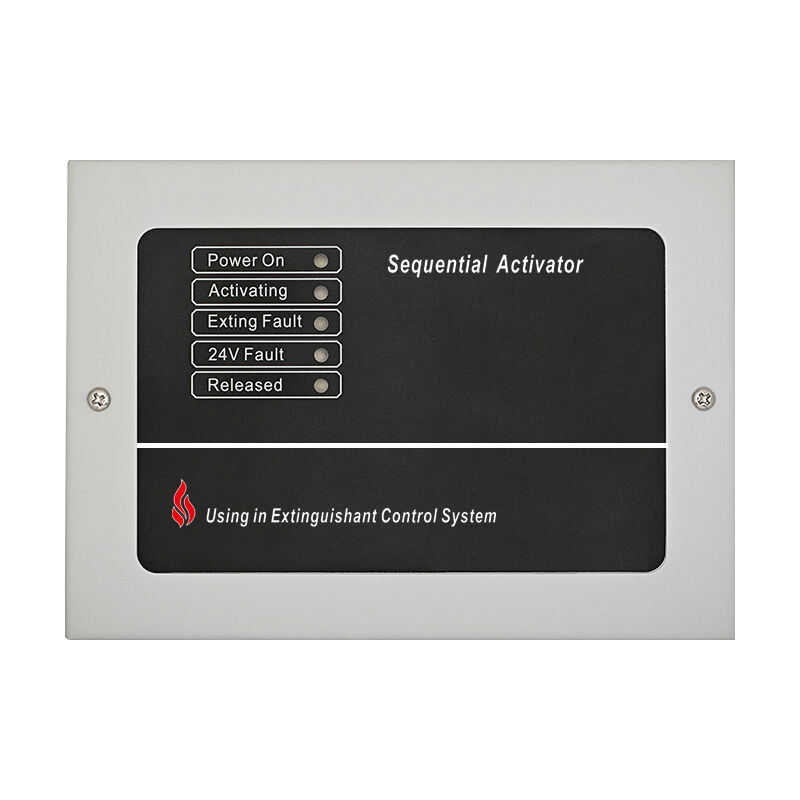ultraviolet flame detector
An ultraviolet flame detector represents a sophisticated safety device designed to identify the presence of fire by detecting ultraviolet radiation emitted during combustion. This advanced detection system operates by monitoring the specific UV wavelengths typically produced by flames, ranging from 180 to 260 nanometers. The detector employs specialized UV-sensitive tubes or solid-state sensors that can instantly recognize these wavelength signatures and trigger appropriate alarm responses. Unlike traditional heat or smoke detectors, ultraviolet flame detectors can identify fires within milliseconds, making them particularly valuable in high-risk industrial environments. These devices are engineered to distinguish between genuine flame sources and potential false triggers, such as sunlight or artificial lighting, through sophisticated filtering mechanisms and signal processing algorithms. The technology incorporates various safeguards, including self-diagnostic capabilities and automatic sensitivity adjustments, to maintain reliable operation under diverse environmental conditions. Modern UV flame detectors often feature digital signal processing, multiple alarm thresholds, and integration capabilities with broader safety management systems. They are commonly deployed in oil and gas facilities, chemical processing plants, aircraft hangars, and other locations where rapid fire detection is crucial for safety and asset protection.











